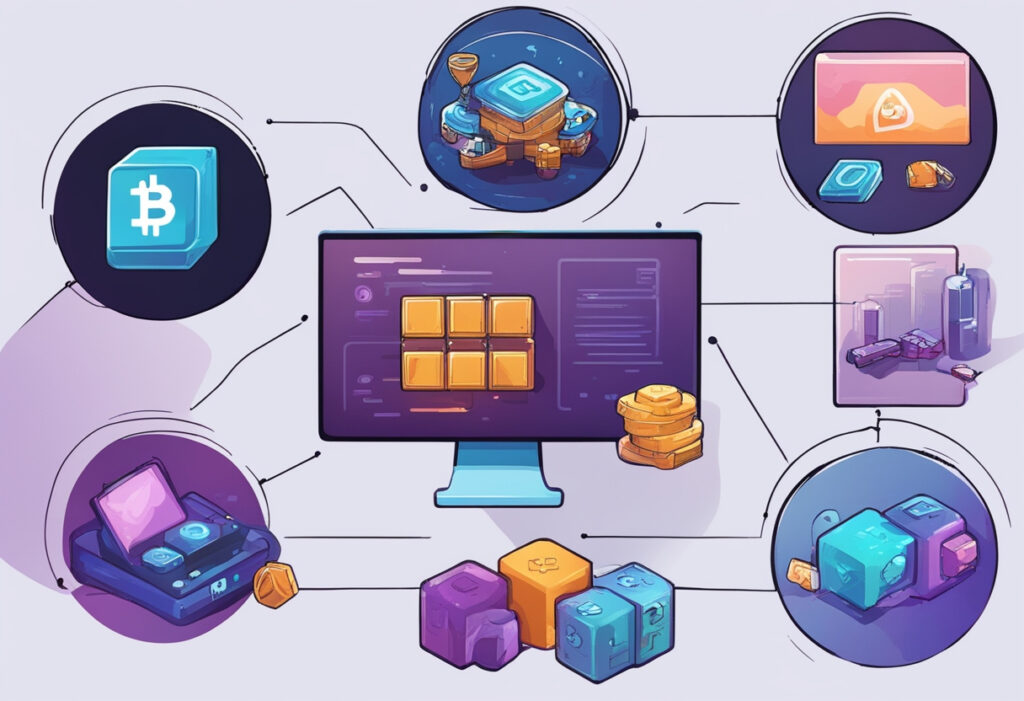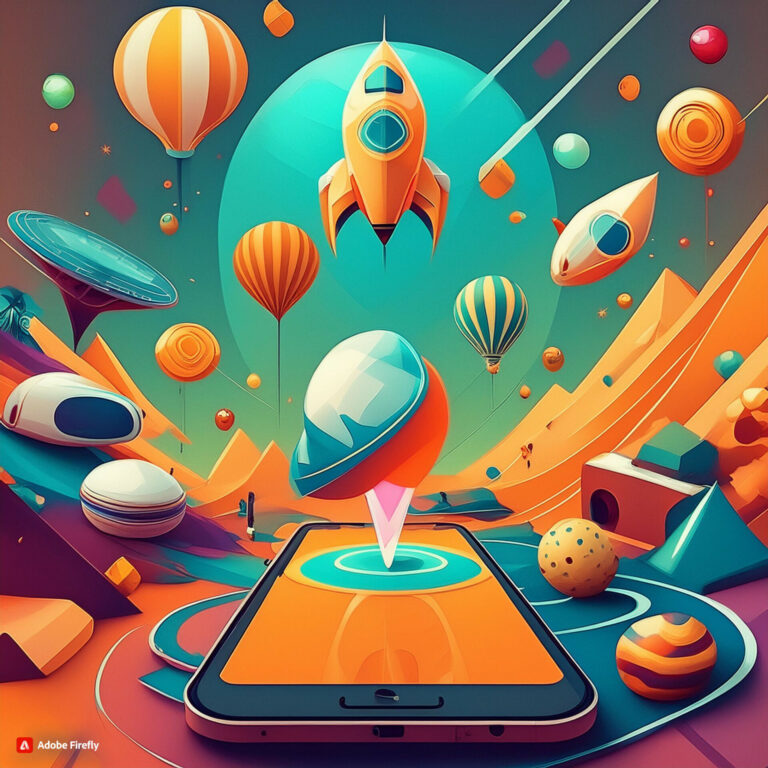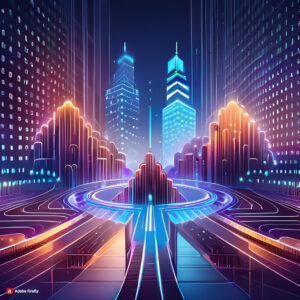Blockchain technology has already started revolutionizing several sectors, and gaming is not an exception. Blockchain games are changing the way games are developed, distributed, and played. The key to this change is decentralized platforms and non-fungible tokens (NFTs) that provide unprecedented levels of ownership, transparency, and new economic models. This article examines what blockchain means for the gaming industry and its prospects.
Blockchain Gaming: A Briefing
Games in blockchain use distributed ledger technologies to function on a network of computers. They differ from traditional ones such as Fortnite in that they operate peer-to-peer through systems including Ethereum blockchain or Binance Smart Chain among others making them very secure. By doing so, players can have assets within games like characters, gun skins, virtual property, etc without having to rely on game developers who tend to control these things in a centralized way.
The Role of Non-Fungible Tokens (NFTs)
Blockchain technology verifies unique digital items called NFTs used for security on various platforms including gaming. In the context of gaming, NFTs represent gameplay items like characters costumes, and weapons among other things. Unlike traditional in-game objects which cannot be taken out of their ecosystem, NFTs can be traded across multiple platforms. This interoperability creates opportunities for gamers to realize value from their achievements in respective games as well as buy virtual goods that have real-world worth.
Advantages of Decentralized Platforms
Decentralized platforms offer many advantages over conventional video game infrastructures. First off, they enhance security due to the immutability of transactions on the blockchain. It means that users’ data and assets will always remain unaffected by hacks or fraud cases taking place online. Secondly, transparency is also promoted with every transaction made publically available hence reducing cheating risks while promoting fairness. These networks also empower players providing them with full control over their assets consequently enabling actual ownership and monetization prospects for their accomplishments while playing.
Economic Models in Blockchain Gaming
Blockchain gaming has introduced new economic models that benefit developers and players alike. One example is the “Play-to-earn” (P2E) model which allows players to earn cryptocurrencies or NFTs by playing the game. This has become an increasingly popular model in emerging markets where it provides another source of income for people. Developers are also able to gain additional revenue streams from transaction feand es, secondary sales royalties of NFTs as well as initial asset sales within a game. Thus, this interdependence creates a sustainable ecosystem that encourages active participation and investment.
Challenges and Considerations
Despite its potential, blockchain gaming faces several challenges. Scalability presents a significant challenge; the performance of current blockchains is low leading to high costs and slower speeds when high volumes of transactions occur at the same time. Similarly, user adoption becomes difficult because concepts such as blockchain and NFTs may seem cryptic or even daunting to non-tech-savvy gamers out there who find them hard to grasp. Additionally, legal uncertainties about cryptocurrencies as well as digital assets have potential consequences for both developers and users who are concerned with regulatory compliance issues. Handling these problems requires continuous technological advancements, teaching users how to use them properly, and having set rules in place.
The Future of Blockchain Gaming
There are ongoing improvements in technology and increased interest from players and developers, presenting a bright future for blockchain gaming. Blockchain is capable of creating a more interactive and immersive experience by the integration of augmented reality (AR) and virtual reality (VR). The interplay between different types of games and platforms can thus make NFTs more valuable and useful to have in a wider networked gaming system. So long, as it starts with mainstream acceptance, we will see more innovative games that exploit the unique characteristics of blockchain thereby challenging existing norms in the gaming business.
Conclusion
This paper’s conclusion is that blockchain-based games are indeed changing the face of the industry. The leading lights behind this revolution are decentralized platforms as well as NFTs which provide new degrees of ownership, transparency, and economic opportunities. Challenges do exist but their potential benefits as well as innovations assure a action-packed future for both gamers and developers alike. As technology advances further, blockchain gaming is predicted to change our way of engaging with virtual worlds in terms of playing games or doing business there.




